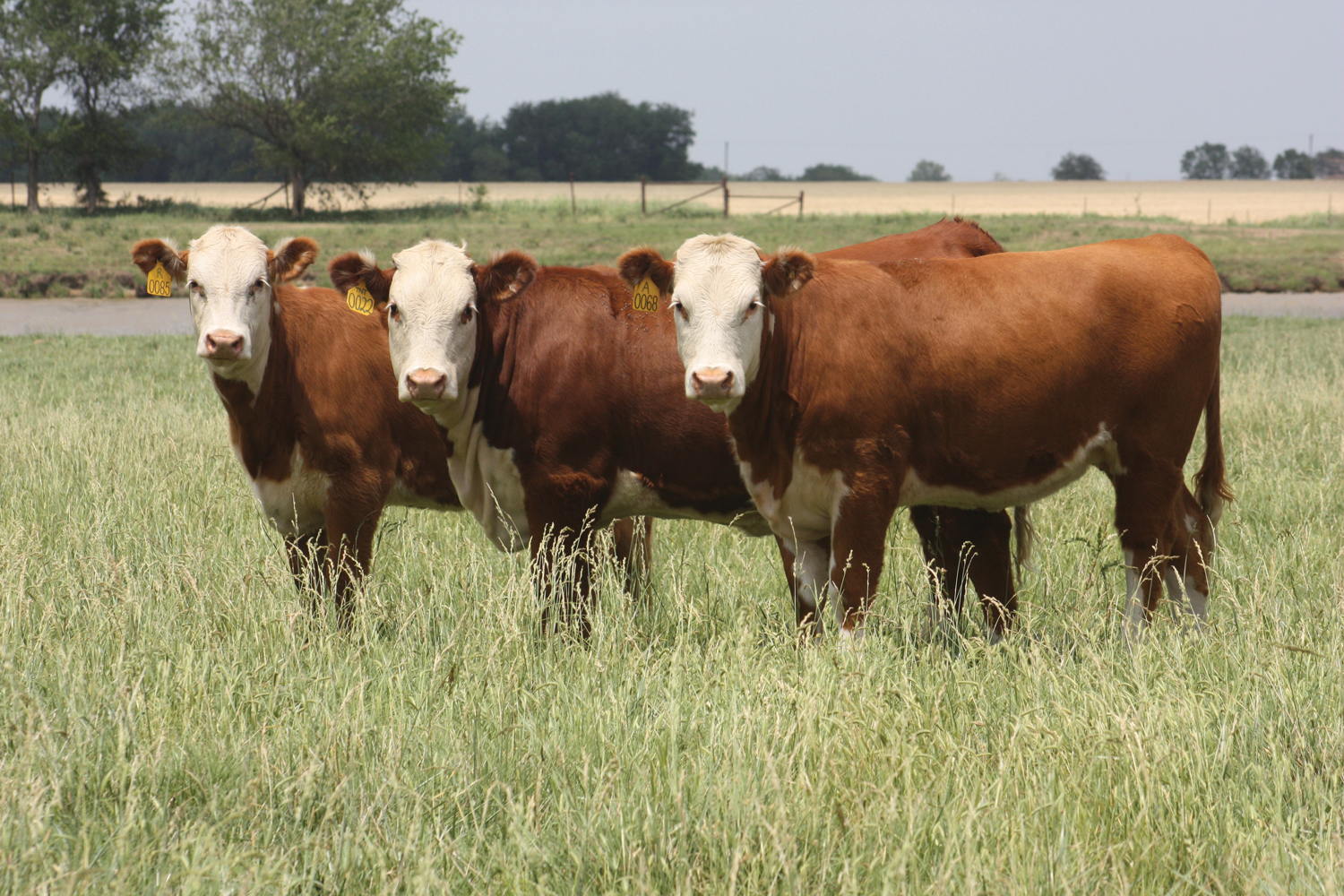Breaking Down Immunostimulants

Immunostimulants have the ability to intervene early. The best time for them to be administered is at the time of, or close to, a period of stress for the cattle. Stress suppresses the immune system and its ability to function.
By Caitlin Richards
Disease and sickness in a rancher’s herd are inevitable, primarily because stress is inevitable. Since stress weakens the immune system, some level of disease nearly always follows a significant stress point. The more — and the sooner — a rancher can reduce the stress on their cattle and help them fight the disease challenge at the time of that stress, the better.
While antibiotics treat bacterial infections and vaccines prevent disease by improving immunity to specific diseases, there is now another way for ranchers to intervene even earlier in the stress and disease process.
The relatively new technology of an immunostimulant helps cattle at the time of disease challenge, before they are infected and become sick.
An immunostimulant does exactly what it sounds like — it stimulates the immune system and more specifically, the innate immune system. Jim Sears, DVM, a senior technical services veterinarian with Bayer Animal Health, explains that this new technology interacts with the immune system differently than other treatments.
“The immune system, broadly speaking, has two major components,” Sears says. “One is the innate system and the other is the acquired system. It has only been fairly recently that we have learned how to manipulate and take advantage of the innate system. Everything most veterinarians and ranchers know about immunity — up to this point — has primarily been associated with the acquired side of the immune system.”
The innate system jumps into action and responds right away, Sears explains, when any critter or person becomes sick. Essentially, the innate system is the first line of defense. The acquired system comes along later but the innate system is there, ready to go all the time.
“The acquired side of the immune system is where vaccines primarily work,” Sears says. “An immunostimulant works on the innate side. While we do not fully understand it yet, it offers a whole new tool that we have never had before.”
As a longtime expert in the field, Sears says that for years, he and his colleagues have discussed the idea that what ranchers and veterinarian practitioners really need is something to help the immune system of cattle rather than finding another antibiotic or vaccine. While antibiotics and vaccines are great “tried and true” methods, an immunostimulant can strengthen the treatment arsenal for ranchers and practitioners.
“With a vaccine, we are trying to produce an improved immunity to one or more specific diseases or pathogens,” Sears says. “A vaccine produces a specific immunity to a specific disease for some time in the future. An immunostimulant, on the other hand, does not immunize for any specific disease. It boosts and improves the ability of the innate immune system to fight a disease challenge right away, thereby strengthening the cattle’s ability to fend off disease and sickness.”
Since the innate immune system is meant for the initial immediate response, there is no time for it to identify the type of pathogens and develop a specific response, Sears explains. So, the innate system makes a generalized or “broad brush” response to foreign agents, while with a vaccine, a specific response to a specific disease is initiated and that takes time to develop.
Exactly how an immunostimulant does this can vary. It depends primarily on the design of the immunostimulant. For example, the components of Bayer’s Zelnate® DNA Immunostimulant are recognized by specific innate system receptors to immediately boost the immune system. The effectiveness of Zelnate® was proved by using the bacterial pathogen Mannheimia haemolytica, the most common pathogen associated with bovine respiratory disease (BRD).
“Zelnate® has two or three specific receptors that are always present in the innate immune system and always ready to go,” Sears says. “Those receptors, when activated or stimulated, go into motion right away to fight BRD. Some other immunostimulant would likely be recognized by different receptors and initiate a different immune response.”
Bayer’s clinical trials with Zelnate® have shown positive and consistent results against BRD. Specifically, the trials showed a 50 percent decrease in lung lesions compared to BRD-infected cattle that did not receive Zelnate® and greatly reduced naturally occurring death loss caused by BRD.
In general, the research and data on Zelnate® and immunostimulants is substantial. There is still more to learn about them, however. With an immunostimulant’s ability to boost the immune system, it supports the notion that Zelnate® and other immunostimulants would not only be effective against BRD, but would also be a generalized aid for the cattle against other pathogens.
Since immunostimulants have the ability to intervene early, the best time for them to be administered is at the time of, or close to, a period of stress for the cattle. Stress suppresses the immune system and its ability to function. Administering an immunostimulant during a period of stress helps stimulate the immune systems of the cattle to fend off any potential disease or sickness.
“There is pretty consistent evidence that if you give an immunostimulant to cattle at the time of stress, the subsequent health of the cattle is improved,” Sears says.
Ranchers will typically administer vaccines and antibiotics during the processing and receiving of their cattle. Vaccines are a great tool for the future and antibiotics are useful in treating current bacterial disease. But adding in an immunostimulant immediately helps the cattle’s immune system to combat disease and sickness.
“The immunostimulant enhances the innate system’s response which, as we’ve said, is very quick and helps the animal through the time of stress,” Sears says. “This will then give the acquired system time to develop as it needs to.”
Besides early intervention, another advantage of immunostimulants is their ability to potentially reduce the risk of antibiotic resistance because they are not an antibiotic. Sears explains that with the use of antibiotics, some resistance is inevitably likely to develop. Immunostimulants give ranchers and practitioners another treatment option to improve the health of cattle.
“Since the immunostimulant is helping those animals through the time of stress, it helps their health without adding to the antibiotic pressure that leads to the development of antibiotic resistance,” Sears says.
Additionally, ranchers are being pressured by consumers to reduce the use of antibiotics in their operations. An immunostimulant can help ranchers care for their cattle in a way that meets this demand.
From sustainability to animal welfare, immuno-stimulants are proving to be an effective tool for cattle herd owners. While the technology and research are still fairly new, there is substantial data already building a successful case for implementation of immunostimulants.
As more immunostimulants are developed, more data will be collected to help better understand this technology. Immunostimulants may seem complex in nature but they are essentially an immune system booster, which is a positive for ranchers and their herds.
Breaking Down Immunostimulants is excerpted from the August 2018 issue of The Cattleman magazine.
